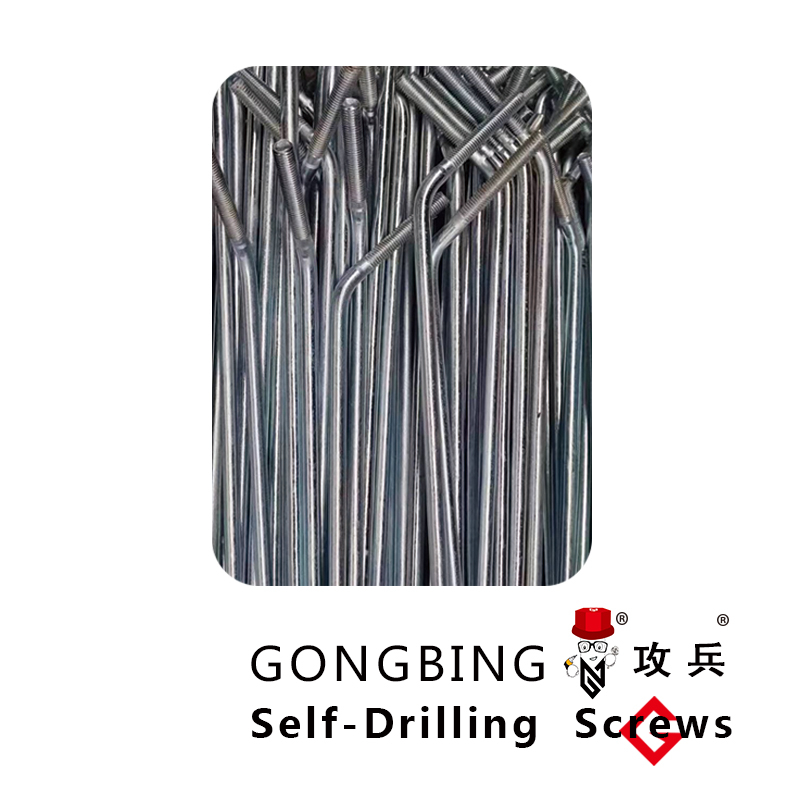bolt expansion anchor
Understanding Bolt Expansion Anchors A Comprehensive Guide
When it comes to fastening applications in construction and engineering, bolt expansion anchors are indispensable components that provide secure and reliable connections. These anchors are widely used for attaching heavy fixtures, machinery, or structural components to concrete or masonry surfaces. In this article, we will delve into the mechanics of bolt expansion anchors, their applications, advantages, and installation considerations.
What is a Bolt Expansion Anchor?
A bolt expansion anchor, commonly referred to as an expansion bolt, is a type of anchor that consists of a bolt or screw element and a sleeve or expansion mechanism. When the bolt is tightened, it causes the sleeve to expand against the walls of the drilled hole, creating a secure grip within the base material. This unique design enables the anchor to bear significant loads, making it suitable for various applications.
Types of Bolt Expansion Anchors
Several types of bolt expansion anchors are available, each designed for specific applications and load requirements. The most common types include
1. Wedge Anchors These feature a tapered end that wedges into the concrete as the bolt is tightened. Wedge anchors are ideal for heavy-duty applications and provide high resistance to pull-out forces.
2. Sleeve Anchors These consist of a sleeve that expands when the bolt is tightened. Sleeve anchors are versatile and can be used in concrete, brick, or masonry. They are suitable for medium to heavy loads.
3. Drop-In Anchors These anchors are installed flush with the surface and are commonly used when a finished appearance is required. A special setting tool is used to expand the anchor within the hole.
bolt expansion anchor

Applications of Bolt Expansion Anchors
Bolt expansion anchors are employed in a wide variety of applications, including
- Structural Support Used to attach beams, columns, and other structural elements to concrete foundations. - Equipment Installation Ideal for fastening heavy machinery and equipment to the floor, ensuring stability and safety. - Signage and Fixtures Used to mount signs, shelves, and other fixtures in commercial and residential settings. - Safety Barriers Employed in securing guardrails, fencing, and other safety features.
Advantages of Bolt Expansion Anchors
1. High Load Capacity Bolt expansion anchors can support substantial loads, making them suitable for demanding applications. 2. Easy Installation With minimal tools required, these anchors can be quickly and efficiently installed. 3. Versatility They can be used in various materials, including concrete, brick, and block, allowing for flexibility in design and application. 4. Corrosion Resistance Many expansion anchors are available with protective coatings or are made from corrosion-resistant materials, enhancing their durability in outdoor or moist environments.
Installation Considerations
Proper installation is crucial for the performance and safety of bolt expansion anchors. Here are some key considerations
- Hole Preparation Ensure that the hole is drilled to the correct diameter and depth based on the anchor specifications. - Clean the Hole After drilling, remove any debris or dust to avoid compromising the anchor’s grip. - Follow Manufacturer Instructions Always adhere to the installation guidelines provided by the anchor manufacturer to ensure optimal performance. - Load Rating Understand the load ratings for the specific anchor type being used and ensure it meets the requirements of the application.
Conclusion
Bolt expansion anchors are a vital component in modern construction and engineering. Their ability to provide strong, reliable connections makes them essential for a variety of applications. By understanding the different types, advantages, and proper installation techniques, professionals can ensure the safe and effective use of these anchors in their projects. Whether for structural support, equipment installation, or safety applications, bolt expansion anchors are critical in achieving long-lasting results in construction and beyond.
-
Weatherproof Plastic Expansion Anchors for OutdoorNewsJun.06,2025
-
Sustainability in the Supply Chain: Eco-Friendly TEK Screws ProductionNewsJun.06,2025
-
Load-Bearing Capacity of External Insulation FixingsNewsJun.06,2025
-
Double Head Bolts: Enhancing Efficiency in Industrial MachineryNewsJun.06,2025
-
Corrosion Resistance in Chipboard Screws: Coatings for Wholesale DurabilityNewsJun.06,2025
-
Butterfly Toggle Bolts : Enhancing Structural ResilienceNewsJun.06,2025
